Explanation
Heuksando Island is located at the southern end of Korea about 92.7 km away from Mokpo. It is composed of 11 uninhabited islands and 89 inhabited islands. Because of its natural beauty, it has been designated as part of Dadohae National Marine Park along with the nearby islands.
Heuksando Island has a circular road that can take you all the way around the island along the seashore. Following this road, you can see almost all of the beautiful natural and cultural treasures of the island. The Choryeongmok Tree, once designated as Natural Monument, is said to have the ability to conjur up spirits when its branch is broken and placed on a Buddhist altar. Nearby are Sangroksurim and Seonghwangdang. Also on Heuksando Island are designated Cultural Treasures such as the Jiseokmyogun, Samcheungseokdeung, Samcheungseoktap, and Banwolseong. Heuksan Mountain on the island has eight especially beautiful sceneries, which are called Heuksan Mountain Eight Sceneries. Among them, Munamchangsong, Songjeonmangwol, and Myeongsasipri are especially famous. Munamchangsong refers to evergreen trees covering the sky of Munamsan Mountain, and Songjeonmangwol refers to watching the moon in front of an evergreen at harvest full moon. Myeongsasipri refers to a large white sandy beach spread out in front of Jinri Village. The Eight Sceneries of Heuksan Mountain are must-see places for those who visit the island of Heuksando.
Inquiry
+82-61-275-9300
Homepage
tour.shinan.go.kr (Korean, English, Japanese, Chinese)
Information Use
Contact and Information : • 1330 Travel Hotline: +82-2-1330
(Korean, English, Japanese, Chinese)
• For more info: +82-61-275-9300
More information
Tour Course Information
Heuksando Island Cruise Route (Damuldo Course / 1 hour 40 minue)
Heuksanhang Port – Domok-ri Village – Yeopmok Cave – Daedundo Hongeo Village – Suri Haenyeo Village – Pungnyeonhakbawi Rock – Chilseong Cave – Manmulsang – Goraeseom Island – Naktaseom Island – Chotdaebawi Rock – Doseungbawi Rock – Namgeunseok – Seunimbawi Rock – Eomeonimbawi Rock – Janggunbawi Rock – No. 2 Geumgangsan Course – Yeonkkotseom Island – Mulgaebawi Rock – Namjawonsungi – Geumgangsan Scenery – Dolbucheoimbawi Rock – Bbobbobawi Rock – Seulpeunsimhyeongjebawi Rock – Gongryong and Gorae bawi – Ssangyong Cave – Saseong Cave – Gongbawi Rock – Satgatbawi Rock – Haegolbawi Rock – Heuksando Hongeo Cave – Tokki and Geobugi bawi – Hojamdo Island
Location
11, Jinmaeul-gil, Sinan-gun, Jeollanam-do
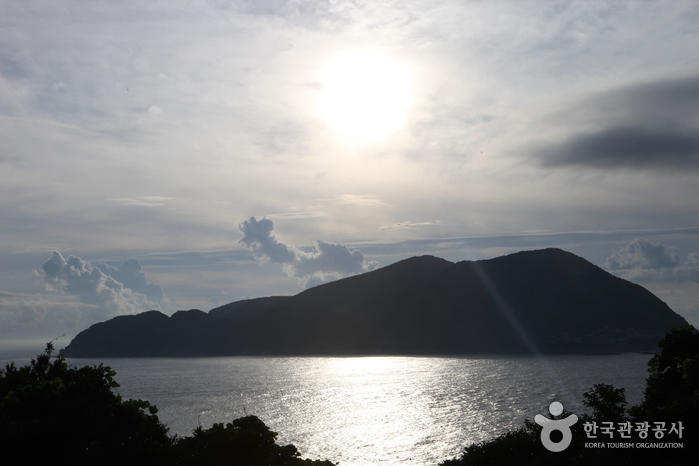
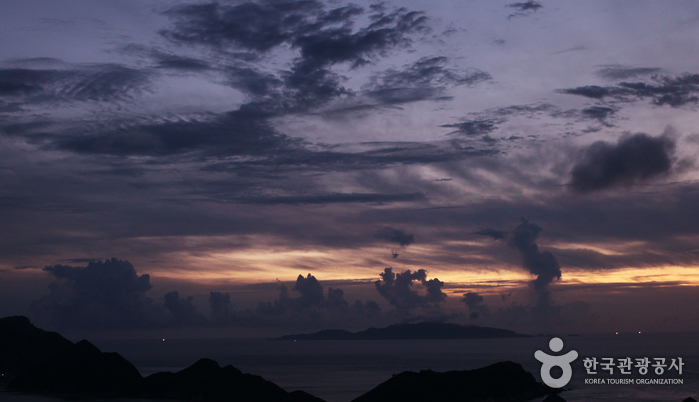
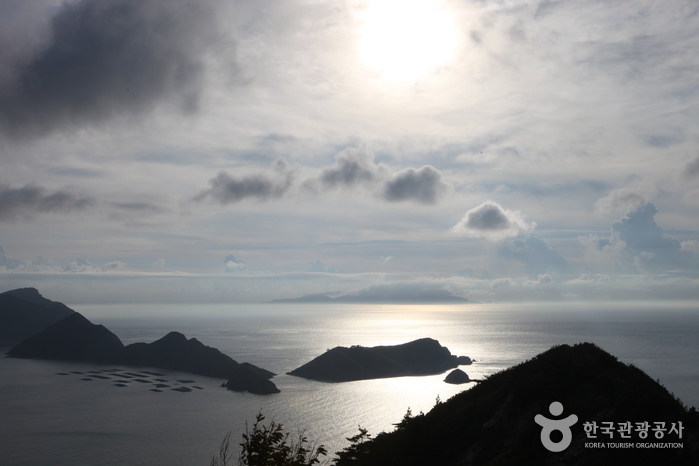

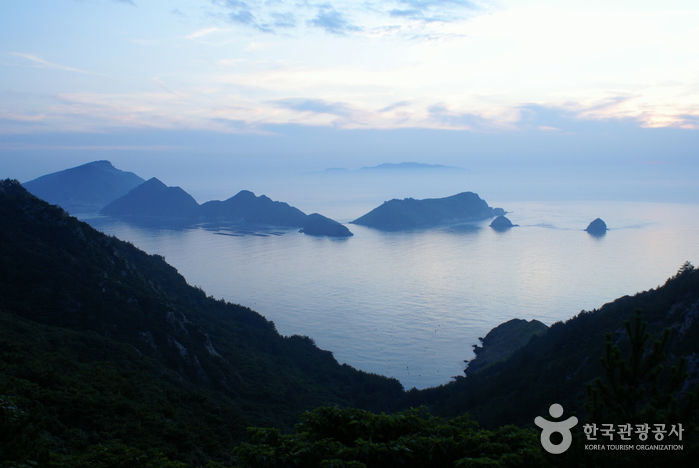
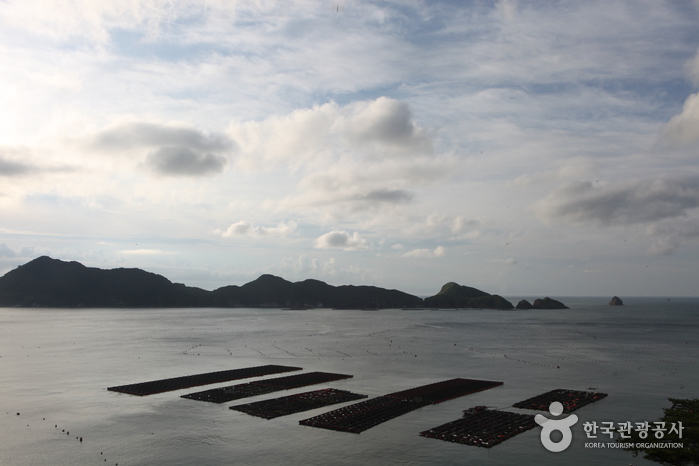
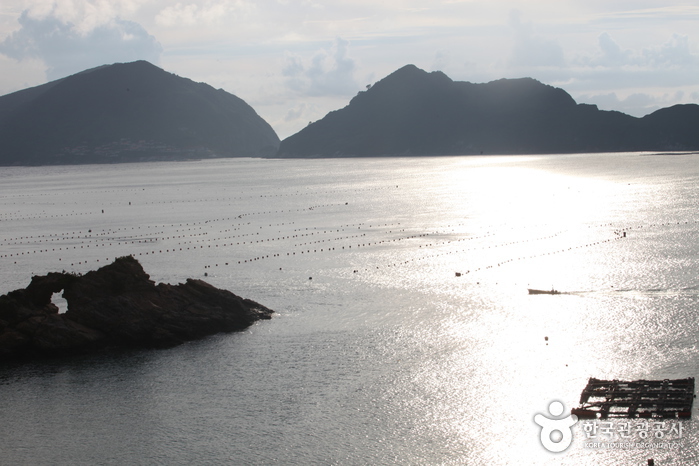
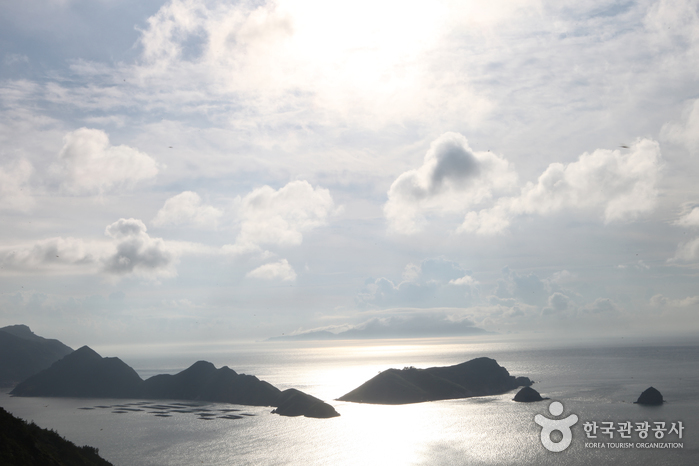

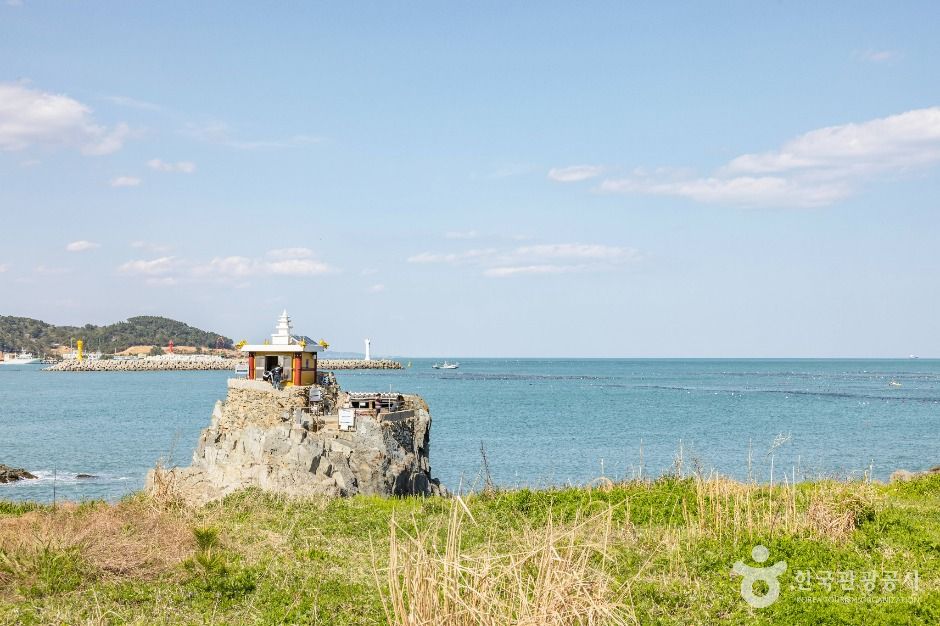
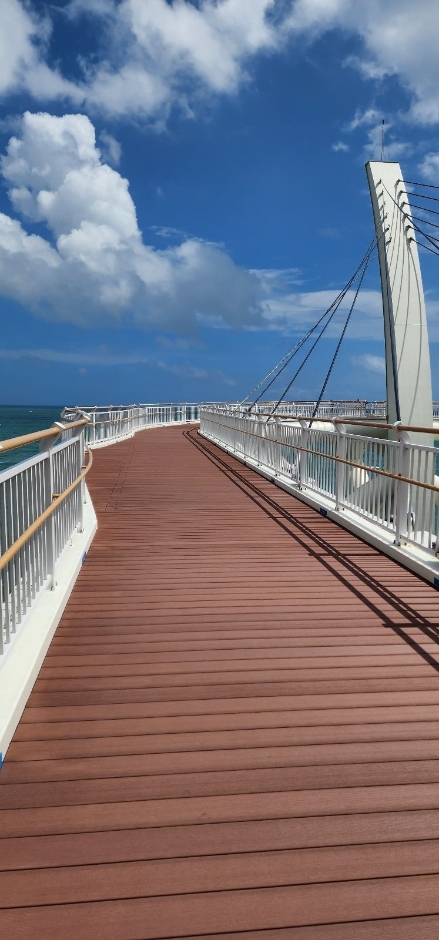
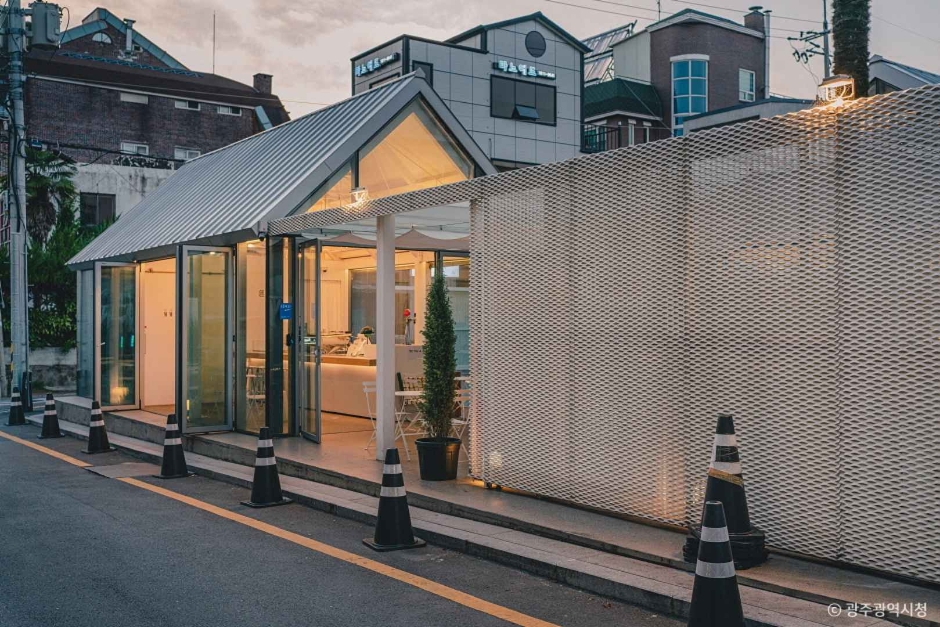
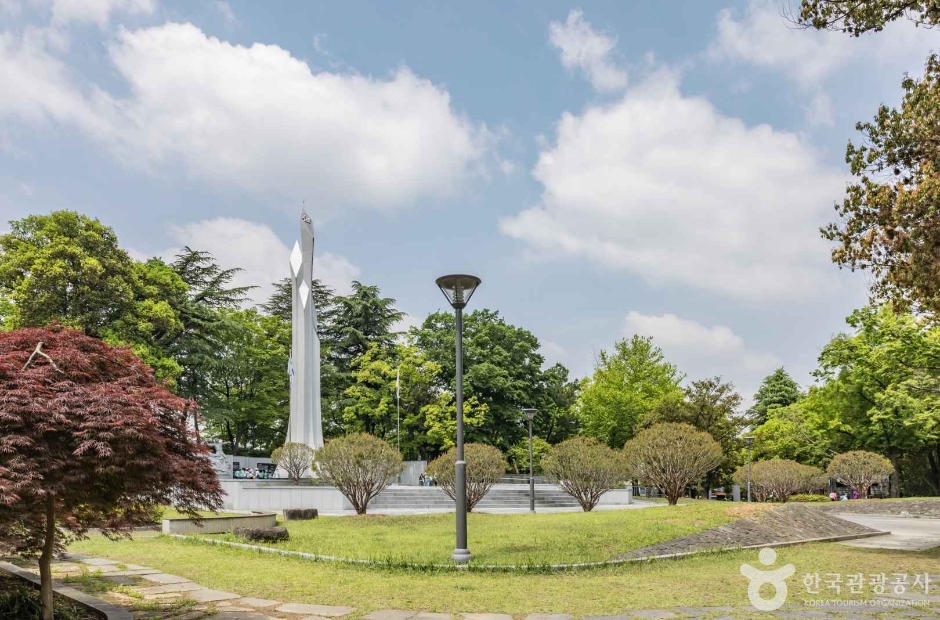
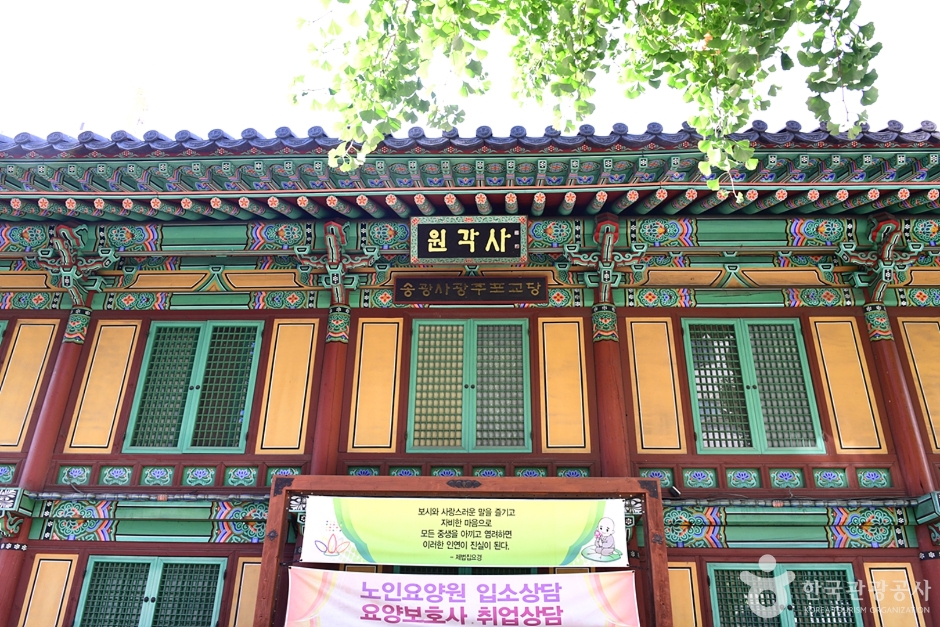
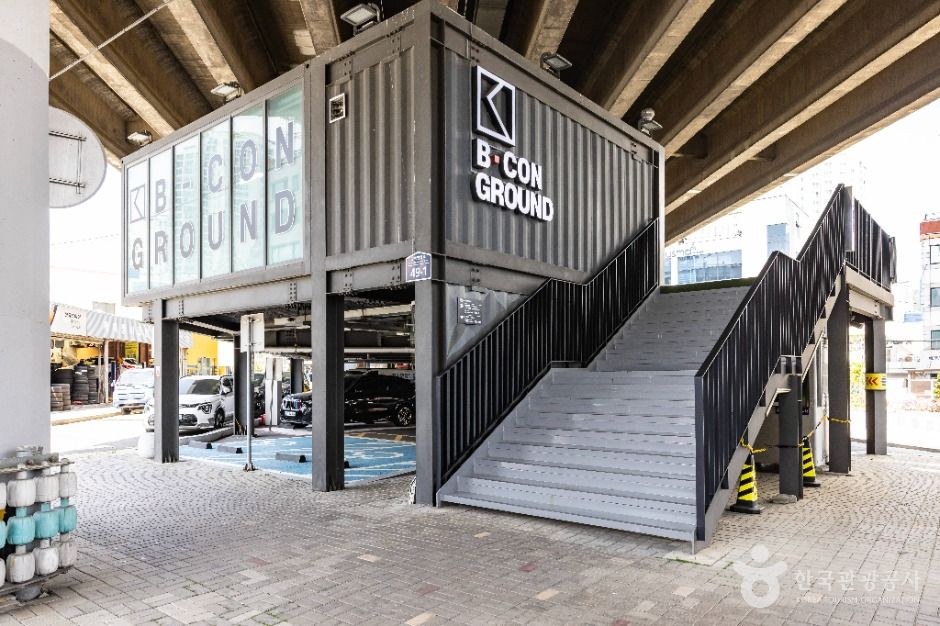

 English
English
 한국어
한국어 日本語
日本語 中文(简体)
中文(简体) Deutsch
Deutsch Français
Français Español
Español Русский
Русский